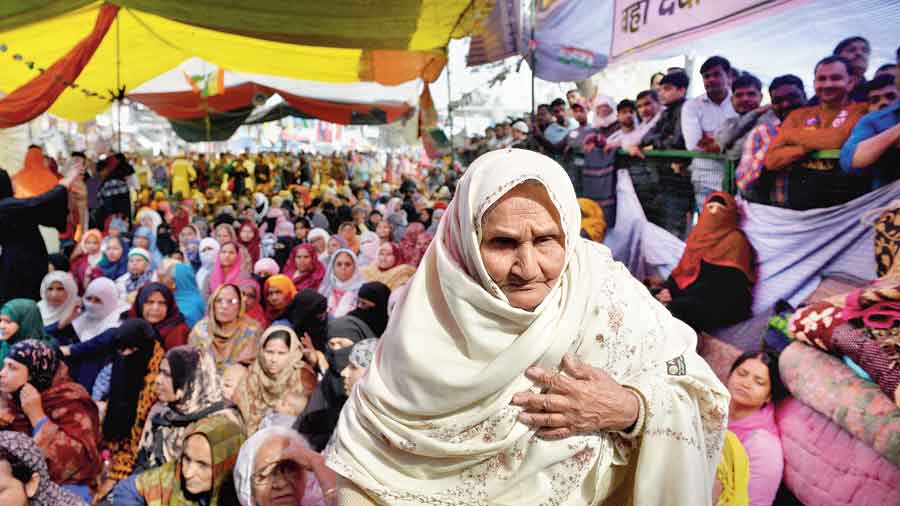Dissent shares an umbilical cord with democracy. But there is also the need to allocate designated sites for protest in a democracy. This seems to be the gist of the observations made by the Supreme Court in its response to a bunch of petitions that had sought the discontinuation of the Shaheen Bagh protest because the participants and the police had ended up blocking an important thoroughfare inconveniencing commuters for months. Several opinions expressed by the apex court must be acknowledged in this instance. India’s highest court, once again, upheld the sanctity of public demonstration. This cannot be undermined at a time when New India has witnessed repeated instances of an elected regime attempting to stifle dissent either by force or — Shaheen Bagh and now Hathras are examples — through a sustained vilification campaign. The court’s emphasis on the right balance between public protest and public responsibilities is of considerable importance too. Protests that do not inconvenience public utilities — India has a culture of not-too-peaceful demonstrations even though Shaheen Bagh was a notable exception — may have the potential to mobilize greater support for the cause. Hearteningly, technology has not been held up as an alternative to public participation; the court said that while the digital medium functions as a force multiplier, it often ends up polarizing movements. It must also be admitted that the Supreme Court’s suggestion of the allocation of specific sites of protest is not without international precedent. ‘Free speech zones’ — a number of nations around the world have them — are designated sites of gathering and protest.
The questions, however, concern such issues as practical implementation as well as the designs of the State. Would the Indian equivalent of a free speech zone be able to accommodate the sheer numbers that are often mobilized in support or in condemnation? What would prevent such designated areas to be transformed into sites of surveillance, the kind of monitoring that could lead to the persecution of dissenters, as has been the case with those who stood up to the Citizenship (Amendment) Act? Even though the court said that the mode of protest in colonial India cannot be compared with that of an independent democracy, could the confinement of protest to notified spaces be perceived as an infringement upon the Constitutional right to assemble peacefully? The relationship between rights and duties is far from simple. The resolution of such delicate dilemmas requires continuous engagement.











